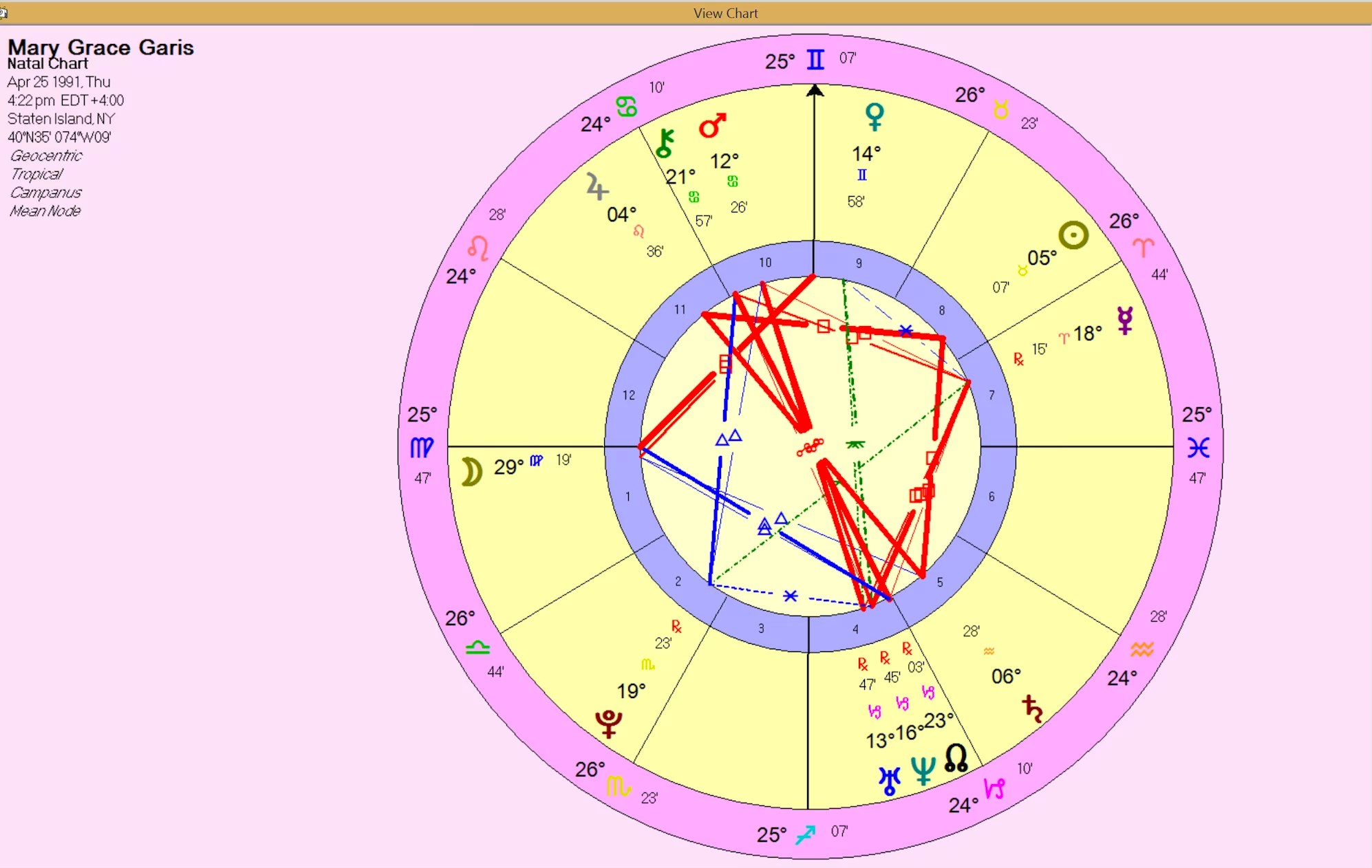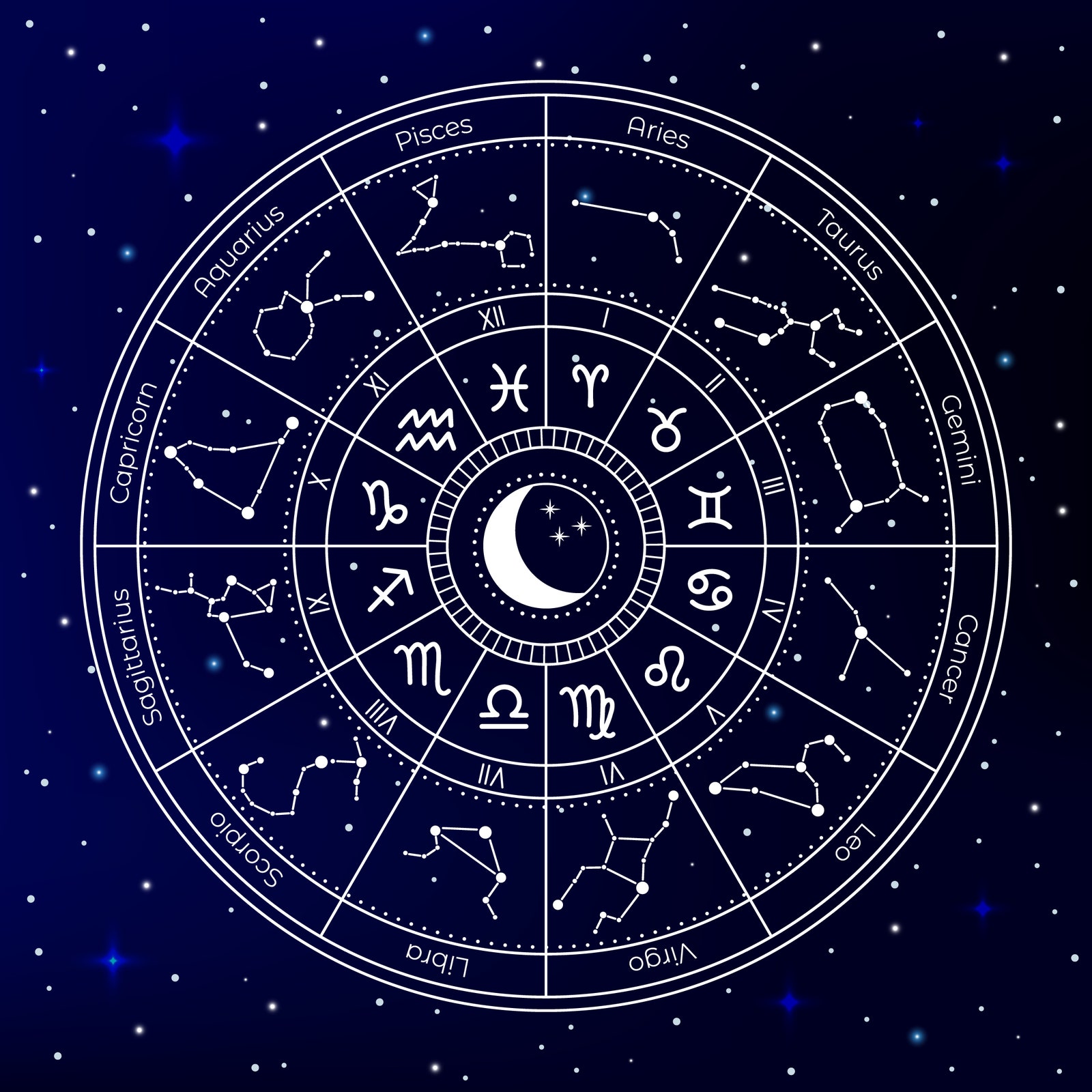Have you ever wondered what the stars have to say about your life? Look no further than “Reading Astrological Charts: Decoding The Language Of The Cosmos”. This remarkable product is your guide to understanding the intricate and fascinating world of astrological charts. Whether you’re a beginner or an experienced astrologer, this comprehensive resource provides you with the tools and knowledge to interpret and navigate the cosmic messages written in the stars. Unravel the mysteries of your life’s path and tap into the wisdom of the universe with “Reading Astrological Charts: Decoding The Language Of The Cosmos.
What are Astrological Charts?
Astrological charts, also known as birth charts or natal charts, are cosmic snapshots that represent the positions of celestial bodies at the time of a person’s birth. These charts serve as a tool for astrologers to gain insight into various aspects of an individual’s life, including personality traits, strengths, weaknesses, and their potential for success. By analyzing the different elements of an astrological chart, astrologers can offer guidance and predictions based on the unique combination of planetary energies at the time of birth.
Definition
An astrological chart is a map of the sky at the precise moment of an individual’s birth. It depicts the positions of the Sun, Moon, planets, and other celestial bodies, as well as the Twelve Houses and the Zodiac Sign on the Eastern horizon, known as the Ascendant or Rising Sign. These positions are accurately calculated using an individual’s exact birth date, time, and location. The chart is represented in a circular shape called a wheel, divided into twelve sections that correspond to the Twelve Houses.
Purpose
The main purpose of astrological charts is to gain insight into an individual’s personality, relationships, career, and life events. By understanding the unique combination of planetary energies at the time of birth, astrologers can interpret and provide invaluable information about a person’s life path, strengths, challenges, and potential. Astrological charts can also be used to analyze compatibility between individuals, forecast future events, and guide personal and professional decisions.
Components
An astrological chart consists of several components that provide valuable information about an individual’s life. These components include Zodiac Signs, planets and their positions, and the Twelve Houses.
Key Elements of Astrological Charts
Astrological charts consist of three key elements: Zodiac Signs, planets and their positions, and the Twelve Houses. Each element contributes to the overall interpretation and understanding of an individual’s astrological chart.
Zodiac Signs
The Zodiac Signs are the twelve astrological signs that correspond to specific dates of the year. These signs are based on the Sun’s apparent path through the sky over the course of a year. Each sign has distinct characteristics, ruling planets, and elemental affiliations that influence an individual’s personality, preferences, and behavior. The Zodiac Signs act as a framework for understanding the different energies and archetypes at play in an astrological chart.
Planets and their Positions
In astrological charts, planets represent various aspects of an individual’s personality and experiences. The positions of planets in the chart indicate their placement in different Zodiac Signs and Houses, ultimately determining how they manifest in a person’s life. Each planet has its own unique energy and symbolic representation, which shapes different aspects of an individual’s character, talents, and life events.
Houses and their Meanings
The Twelve Houses in an astrological chart represent different areas of life and experiences. Each house governs a specific area, such as relationships, career, home, and family. The placement of planets within these houses reveals how those areas of life will be influenced and how an individual may experience them. The houses provide a deeper understanding of the different facets of an individual’s life and are crucial in interpreting the overall picture painted by the astrological chart.
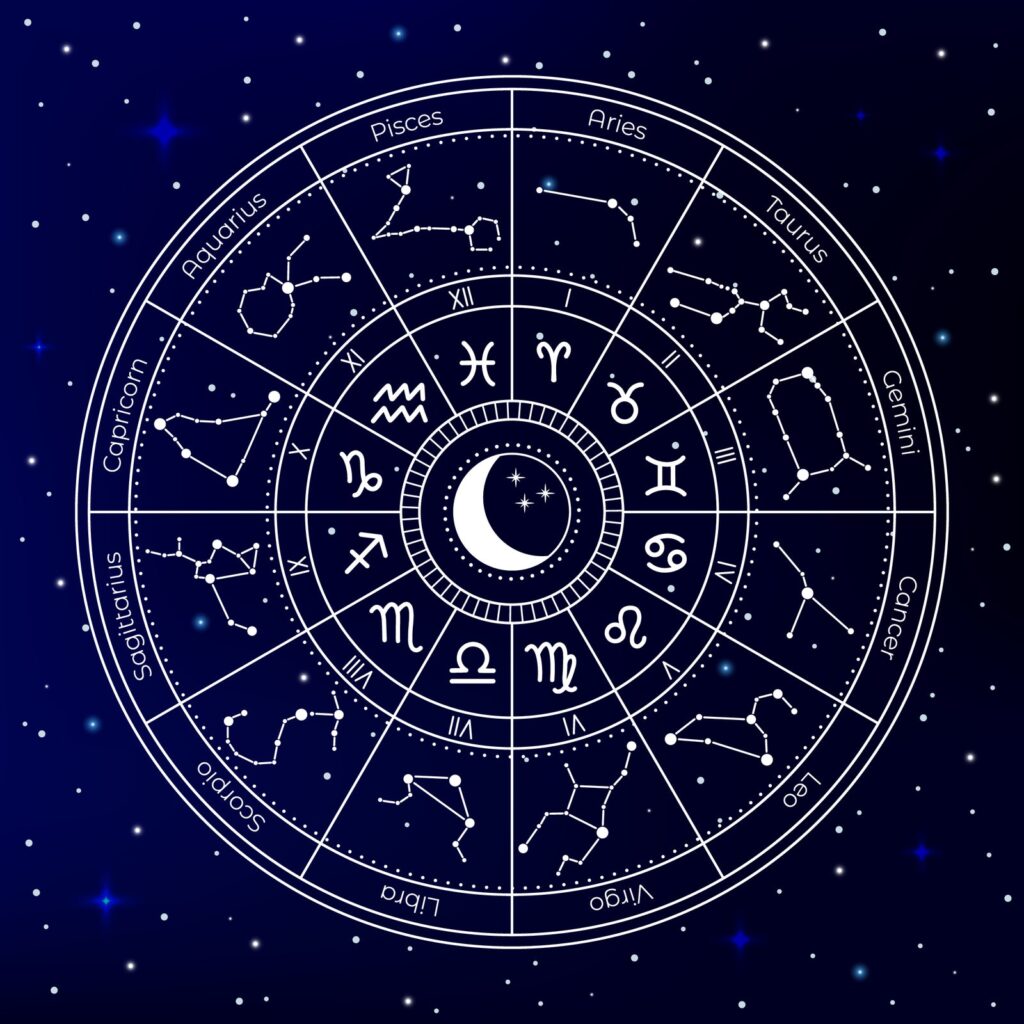
Understanding Zodiac Signs
The Zodiac Signs play a vital role in astrological interpretation, providing valuable insights into an individual’s personality and characteristics. Understanding the Zodiac Signs can help decipher their influence in an astrological chart.
The Four Elements
The Zodiac Signs are grouped into four elements: Fire, Earth, Air, and Water. Each element represents different qualities and attributes. Fire signs, including Aries, Leo, and Sagittarius, are passionate, energetic, and adventurous. Earth signs, such as Taurus, Virgo, and Capricorn, are practical, grounded, and reliable. Air signs, including Gemini, Libra, and Aquarius, are intellectual, social, and communicative. Water signs, such as Cancer, Scorpio, and Pisces, are intuitive, emotional, and empathetic. The elements provide a foundation for understanding the basic temperament and tendencies associated with each Zodiac Sign.
The Three Modalities
The Zodiac Signs are further divided into three modalities: Cardinal, Fixed, and Mutable. These modalities determine how each sign expresses its energy and interacts with the world. Cardinal signs, including Aries, Cancer, Libra, and Capricorn, are initiators and leaders, bringing new beginnings and fresh ideas. Fixed signs, such as Taurus, Leo, Scorpio, and Aquarius, are stable, tenacious, and determined, often providing consistency and perseverance. Mutable signs, including Gemini, Virgo, Sagittarius, and Pisces, are adaptable, flexible, and open to change, bringing versatility and resourcefulness to the Zodiac. The modalities shed light on how each sign approaches and navigates different situations.
Characteristics of Each Zodiac Sign
Each Zodiac Sign has its own unique set of characteristics, strengths, weaknesses, and ruling planets. Aries, for example, is known for its boldness, independence, and pioneering spirit, while Taurus is associated with stability, practicality, and a strong work ethic. Gemini is known for its versatility, intellectual curiosity, and sociability, while Cancer is characterized by its nurturing nature, emotional sensitivity, and strong intuition. Each sign has a distinct personality and contributes to the overall makeup of an individual’s astrological chart.
Role of Planets in Astrological Charts
Planets in astrological charts represent different aspects of an individual’s personality and experiences. The energy of each planet influences various facets of life and provides valuable insights when analyzing an astrological chart.
Influence of Planetary Energy
The planets in astrological charts emit specific energies that influence different areas of life. For example, Mercury represents communication, learning, and the mind, while Venus represents love, beauty, and social connections. Mars, on the other hand, represents passion, assertion, and ambition, while Jupiter represents expansion, luck, and wisdom. The energy of each planet can be analyzed to understand how it manifests in an individual’s life and influences their personality traits and experiences.
Meanings and Interpretations of Planetary Positions
The positions of planets in astrological charts reveal how their energy manifests in an individual’s life. For example, a person with their Sun in Taurus may demonstrate qualities such as determination, reliability, and an appreciation for sensual pleasures. The position of each planet in a specific sign and house provides deeper insight into an individual’s character, talents, and life events. By analyzing the meanings and interpretations of planetary positions, astrologers can offer guidance and predictions tailored to an individual’s unique chart.
Houses in Astrological Charts
The Twelve Houses in astrological charts represent different areas of life and experiences. Understanding the meaning and significance of each house is crucial when interpreting an astrological chart.
Meaning of Each House
Each house in an astrological chart has a specific meaning and governs a particular area of life. The First House, also known as the Ascendant or Rising Sign, represents the individual’s personality, physical appearance, and how they interact with the world. The Second House represents personal resources, values, and financial matters, while the Third House represents communication, siblings, and short-distance travel. The Fourth House represents home, family, and emotional foundations, while the Fifth House represents creativity, romance, and self-expression. The remaining houses govern various aspects such as career, relationships, spirituality, and more.
Significance of House Placement
The placement of planets within the houses provides valuable insights into how different areas of life will be influenced and experienced. If, for example, Mars is placed in the Fourth House, it may indicate a strong drive and ambition within the realm of family and home. The placement of planets in different houses can indicate strengths, challenges, and potential areas of focus in an individual’s life. Astrologers analyze house placements to offer guidance and interpretation specific to each individual’s chart.
Aspects in Astrological Charts
Aspects in astrological charts refer to the angular relationships formed between planets. These relationships provide further insight into how different planetary energies interact and influence an individual’s life.
Definition of Aspects
Aspects represent the mathematical angles formed between planets in an astrological chart. These angles include conjunctions, oppositions, squares, trines, sextiles, and more. Each aspect carries its own unique energy and influences the way planetary energies interact. By analyzing aspects, astrologers can gain deeper insights into the dynamics and harmonies present within an individual’s chart.
Major and Minor Aspects
Astrologers primarily focus on major aspects, which include the conjunction (0 degrees), opposition (180 degrees), square (90 degrees), trine (120 degrees), and sextile (60 degrees). These aspects indicate significant relationships and interactions between planets. Minor aspects, such as the quincunx (150 degrees) and semisquare (45 degrees), provide additional nuances and details to the overall interpretation but are not as prominent as major aspects.
Interpretation of Aspects
The interpretation of aspects involves understanding how the energies of the planets involved interact with one another. For example, a trine aspect between the Sun and Moon indicates harmony, balance, and potential for personal growth. Conversely, a square aspect between Mars and Saturn may indicate tension, obstacles, and challenges that an individual may face. These aspects add depth and complexity to the overall interpretation of an astrological chart and provide insights into an individual’s strengths, struggles, and opportunities.
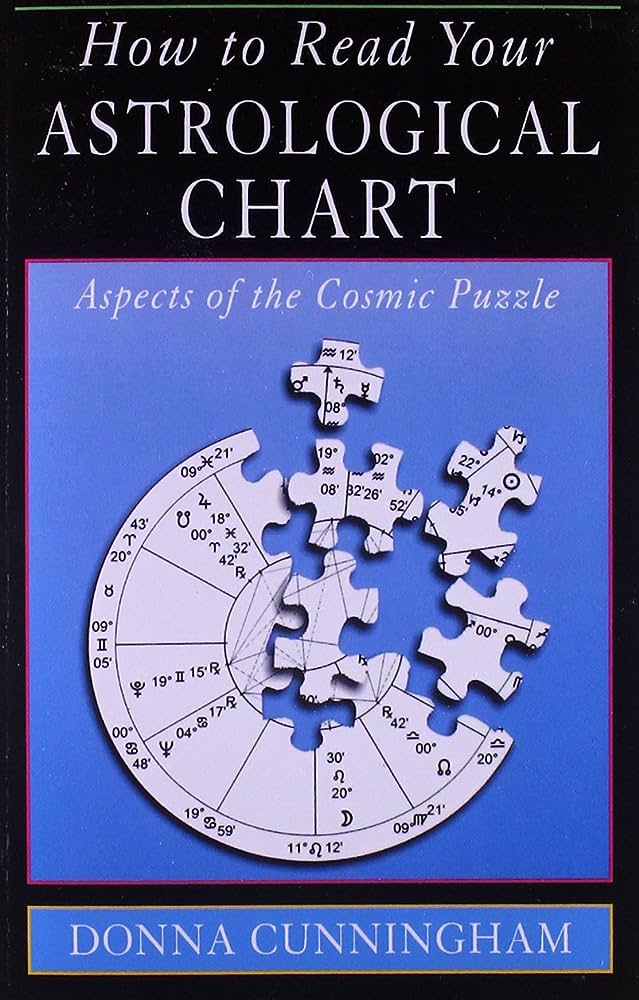
Reading Astrological Charts
Reading astrological charts involves a systematic approach to analyzing various elements and their interactions. By following a step-by-step process, astrologers can extract valuable information and offer comprehensive interpretations.
Step 1: Identify the Ascendant
The first step in reading an astrological chart is to identify the Ascendant or Rising Sign. The Ascendant represents the individual’s outer personality, physical appearance, and how they present themselves to the world. It is determined by the Zodiac Sign on the Eastern horizon at the time of birth. Once the Ascendant is identified, it serves as a reference point for understanding the placement and influence of other planets and houses.
Step 2: Analyze Planetary Placements
After identifying the Ascendant, the next step is to analyze the placements of the planets. The positions of the Sun, Moon, and other planets in specific Zodiac Signs and Houses provide insights into an individual’s personality, strengths, and challenges. By examining the planetary placements, astrologers can draw connections and understand how different energies interact within the chart.
Step 3: Consider Aspects and Configurations
The final step in reading an astrological chart is to consider the aspects and configurations formed between the planets. Analyzing the angular relationships provides a more comprehensive understanding of how different energies interact and influence an individual’s life. By examining the major aspects and specific configurations, such as Grand Trines or T-Squares, astrologers can gain insights into significant patterns, strengths, and challenges in an individual’s chart.
Interpreting the Ascendant
The Ascendant, or Rising Sign, plays a crucial role in shaping an individual’s outer personality and appearance. Understanding the importance of the Ascendant and its characteristics is essential for a comprehensive interpretation of an astrological chart.
Importance of the Ascendant
The Ascendant sets the stage for the entire astrological chart, representing the lens through which an individual views the world and interacts with others. It influences how others perceive the individual and how their personality is projected outwardly. The Ascendant also serves as a starting point for determining the placement and influence of other planets and houses. The characteristics associated with the Ascendant provide valuable insights into an individual’s first impressions, physical appearance, and approach to life.
Characteristics of Each Ascendant
Each Ascendant has its own set of characteristics, influenced by the Zodiac Sign on the Eastern horizon at the time of birth. For example, an individual with a Leo Ascendant may project confidence, charisma, and a natural flair for leadership. A Cancer Ascendant, on the other hand, may indicate someone with a nurturing, sensitive, and empathetic demeanor. Understanding the unique qualities associated with each Ascendant allows astrologers to provide accurate interpretations and guidance based on an individual’s specific chart.
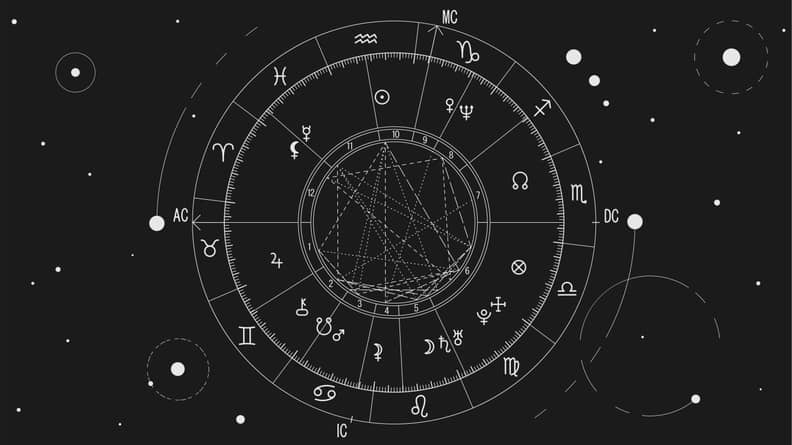
Analyzing Planetary Placements
The positions of planets in specific Zodiac Signs and Houses reveal important information about an individual’s personality, strengths, and challenges. Analyzing these placements helps astrologers provide detailed interpretations tailored to an individual’s unique chart.
Identifying Dominant Planets
By examining the planetary placements, astrologers can identify dominant planets in an individual’s chart. Dominant planets are those that are prominently placed or heavily aspected, indicating their strong influence on the individual’s personality and life experiences. These planets may represent core aspects of the individual’s character and often play a significant role in shaping their life path and destiny.
Understanding Retrograde Planets
Retrograde planets occur when a planet appears to move backward in its orbit from our perspective on Earth. The retrograde motion of a planet can modify its energy and influence in an individual’s chart. Retrograde planets often represent internalized or introspective qualities and may indicate areas of challenge or growth in an individual’s life. Understanding the influence of retrograde planets can offer valuable insights into an individual’s unique journey and personal evolution.
Exploring Exalted and Debilitated Planets
Exalted and debilitated planets refer to the strength or weakness of a planet in a specific Zodiac Sign. An exalted planet represents heightened energy and positive expression in the area of life represented by that planet. A debilitated planet, on the other hand, represents challenges and limitations in its expression. Examining the exaltation and debilitation of planets in an individual’s chart provides insight into areas of strength and weakness, as well as potential areas of growth and development.
Unveiling Aspects and Configurations
Aspects and configurations formed between planets in an astrological chart provide a deeper understanding of how different energies interact and influence an individual’s life. Exploring these aspects and configurations allows astrologers to uncover significant patterns and dynamics in a chart.
Identifying Major Aspects and their Meanings
Astrologers primarily focus on major aspects, such as conjunctions, oppositions, squares, trines, and sextiles, when interpreting astrological charts. These aspects indicate key relationships and interactions between planets and reveal important dynamics in an individual’s life. For example, a harmonious trine between Venus and Mars may indicate a natural attraction and harmony in relationships, while a challenging square between Saturn and Uranus may represent tension and conflict between tradition and innovation. Understanding the meanings of major aspects helps astrologers offer comprehensive interpretations and guidance.
Exploring Configurations such as Grand Trines or T-Squares
Configurations refer to specific patterns formed by several planets in an astrological chart. These patterns, such as Grand Trines or T-Squares, create unique dynamics and energies within an individual’s chart. A Grand Trine, for instance, occurs when three planets form an equilateral triangle in the chart, representing a flow of harmonious energy between those planets and the areas of life they represent. T-Squares, on the other hand, occur when three or more planets form a right angle, indicating challenges, tension, and areas of growth and transformation. Exploring these configurations allows astrologers to provide deeper insights into an individual’s chart and offer guidance tailored to their unique circumstances.
Reading astrological charts is a complex process that involves analyzing various elements and their interactions. By understanding the key components of astrological charts, such as Zodiac Signs, planets, houses, aspects, and configurations, astrologers can provide valuable interpretations and offer guidance based on an individual’s unique chart. Whether seeking insight into personality traits, relationships, career opportunities, or life events, astrology offers a comprehensive framework for understanding the language of the cosmos and decoding the intricacies of our lives.
